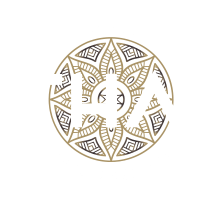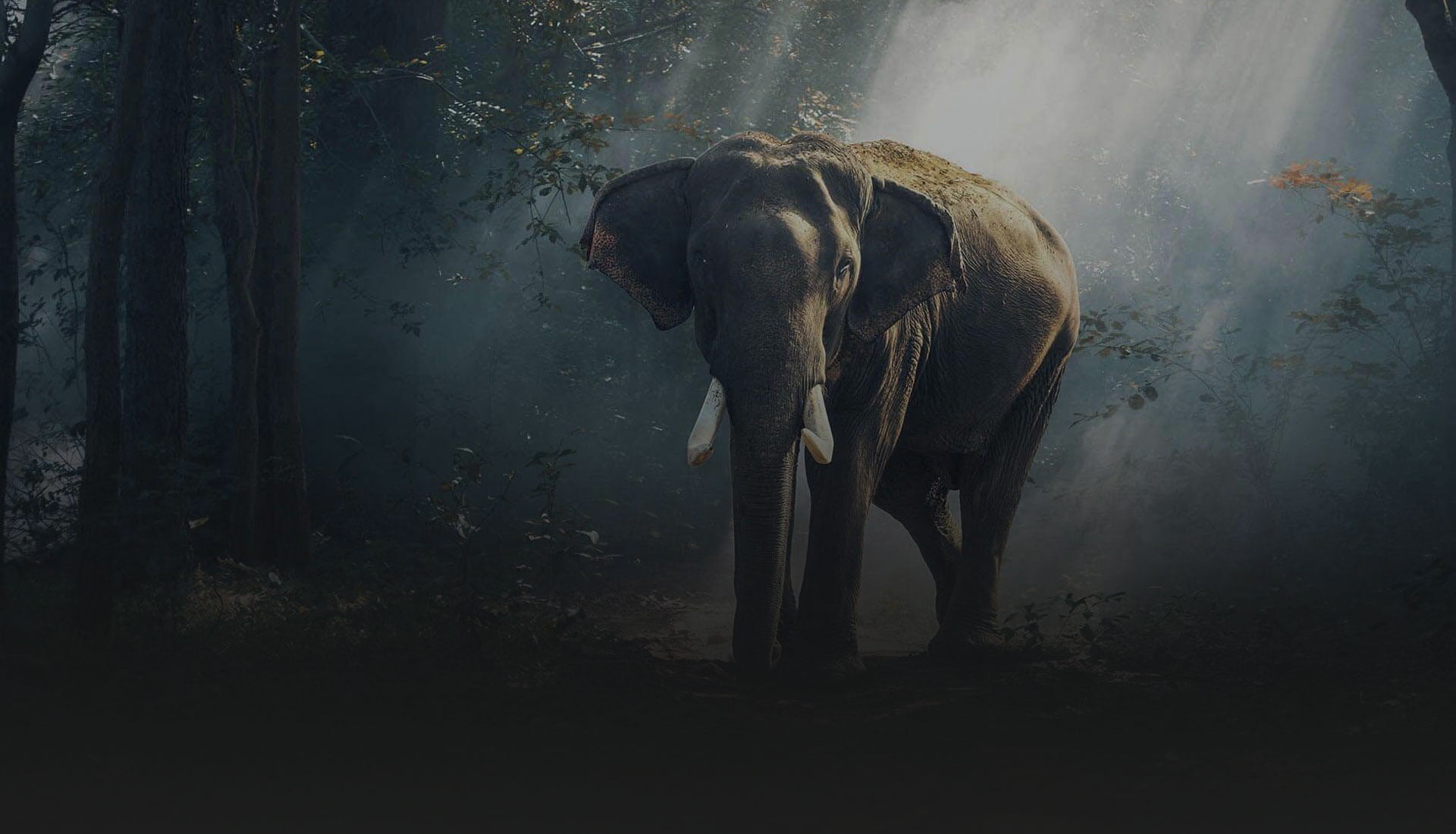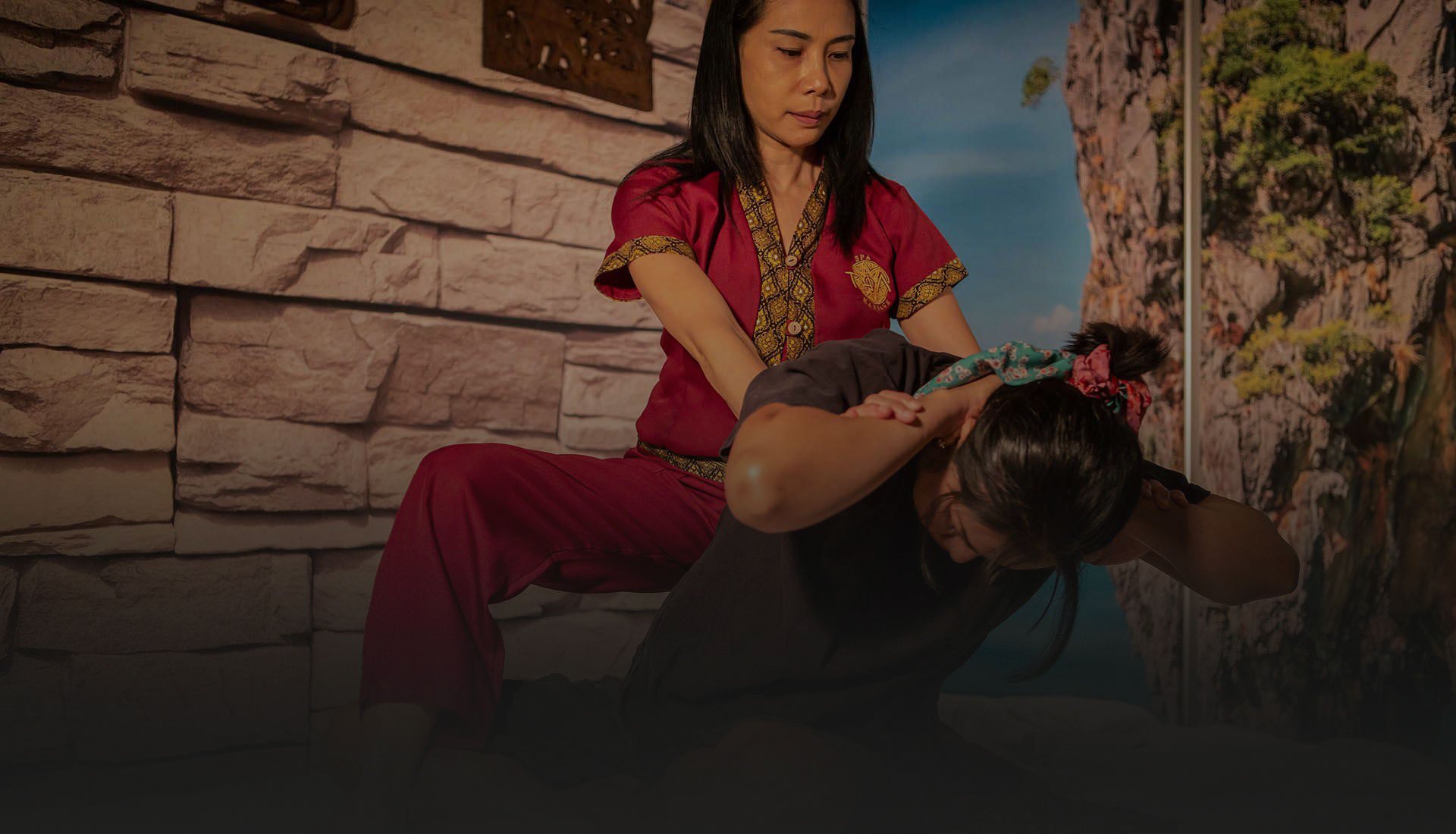Todo lo que debes saber sobre este masaje tradicional japonés
Japón, 1603. Inicios del periodo Edo. Las relaciones con China empiezan antes de lo que podamos imaginar. Cientos de años dedicados a los intercambios culturales y a las relaciones mercantiles han hecho que la cultura japonesa se enriquezca con muchas otras. Si Felipe III consiguió que una comitiva entera de samuráis y señores feudales zarpara a bordo del San Juan Bautista en 1613, hacia Sanlúcar de Barrameda, no se puede esperar que los japoneses no mantuvieran unas relaciones más estrechas con sus vecinos inmediatos, los chinos. Lógico, ¿no? De este intercambio cultural, surgieron artes que hoy en día ponen a Japón el primero en la escena internacional en distintas disciplinas, como el judo.
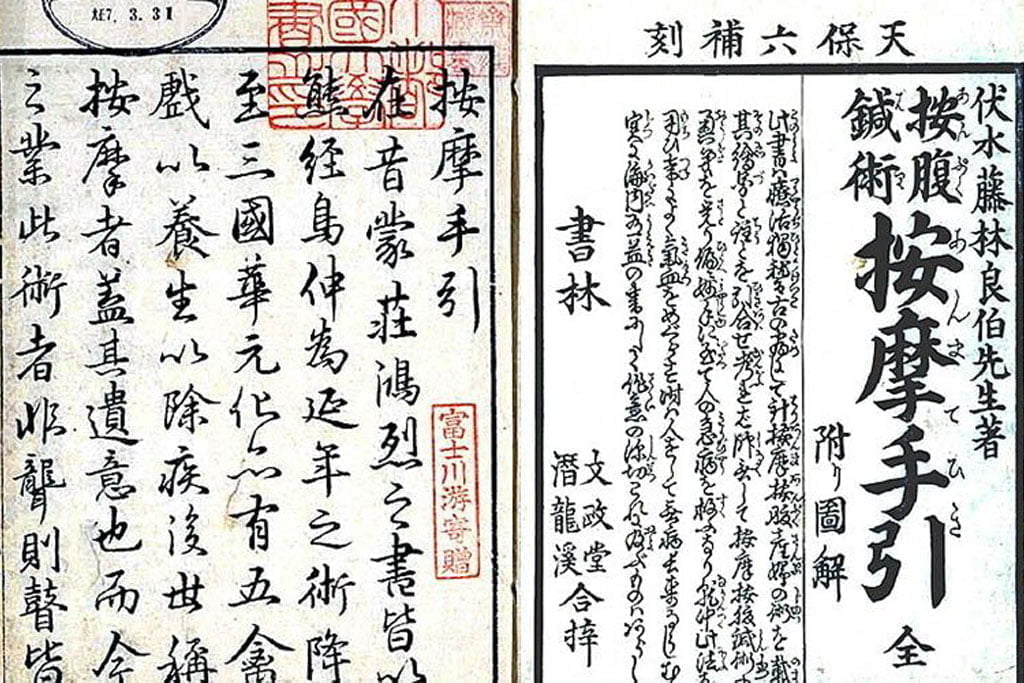
El shiatsu moderno evolucionó del anma, que fue popularizado en el siglo XVII por el acupunturista Sugiyama Waichi, al mismo tiempo aparecieron los primeros libros sobre el tema, incluido Anma Tebiki («Manual de Anma») de Fujibayashi Ryohaku, sobre estas líneas.
El Shiatsu, es el arte basado en las corrientes religiosas, filosóficas y tradicionales de la acupuntura, la digitopresión y la reflexología. Sabemos que los países orientales tienen una larga historia en el desarrollo y la práctica de estas disciplinas, y nuestra cultura thai es el mejor ejemplo de ello. Si quieres saber más sobre el tema, te invitamos a leer más sobre la disciplina que une la gran mayoría de estilos de masajes de Asia, la reflexología.
En entradas anteriores hemos hablado del masaje tailandés, pero en esta ocasión queremos situarnos un poco más al este del mapamundi, para hablar de Japón y el shiatsu. El origen de su nombre, «Shiatsu», viene de los kanjis japoneses, 指 [shi], «dedo», y 圧 [atsu], «presión». En los inicios de su expansión fuera de territorio chino, era conocido por su nombre nativo, anma, e identificado como una disciplina que pasaba sistemáticamente de generación en generación, de progenitores a descendientes. Fue a lo largo del desarrollo de esta etapa en la historia del país del sol naciente, cuando esta disciplina se empezó a enseñar en las escuelas para alumnos invidentes. Se creía que las personas que no podían ver ejercían el masaje con un componente sensitivo extra que los hacía idóneos para este trabajo. Además de ser practicado por personas invidentes, el shiatsu, también era practicado por esas misteriosas mujeres con el rostro del color de la tiza, labios como amapolas y recogidos de vértigo. Estas mujeres, las geishas, eran entrenadas en múltiples disciplinas artísticas que eran contratadas para amenizar las lujosas veladas y hacer compañía a mercaderes, samuráis o señores feudales en reuniones y ceremonias importantes.
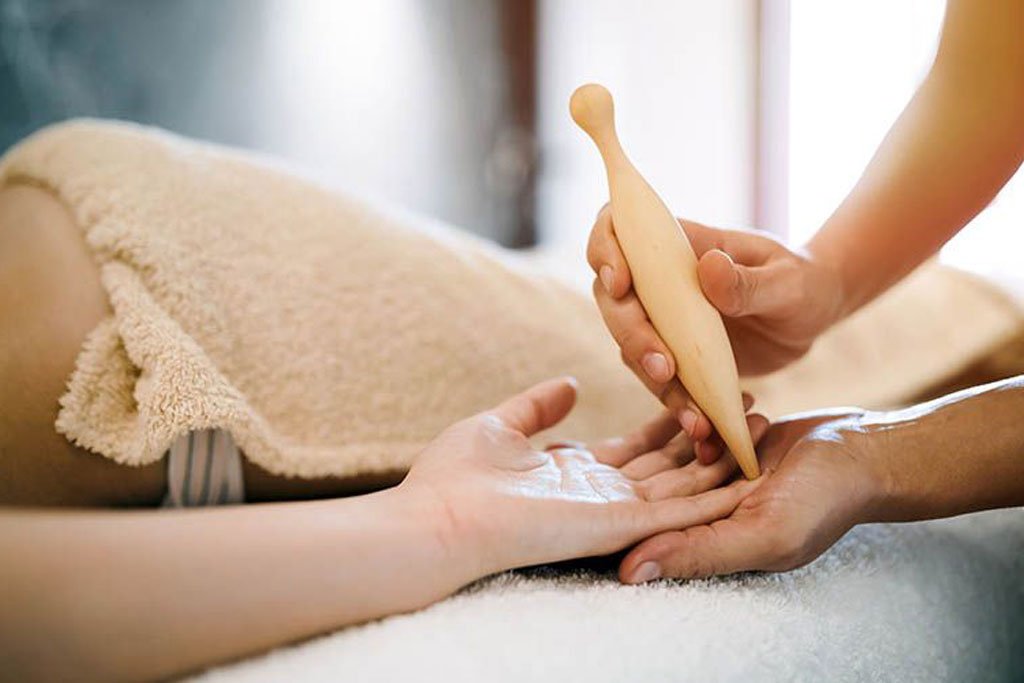
Ejemplo de la aplicación de presión por cortos periodos de tiempo en los meridianos presentes en las manos, para mejorar el flujo del qi y con ello la salud.
Es en la década de los años 20 se empezó a utilizar el shiatsu como una herramienta clínica estudiada y desarrollada por quiroprácticos, y para ello se añadieron a esta disciplina técnicas modernas y científicamente probadas. De este nuevo desarrollo en el periodo Taisho —mientras en occidente se estilaba el charlestón y los cortes tipo Bob— surgieron en el país nipón una gran cantidad de nuevos estilos, entre las que se encuentran el Zen Shiatsu —disciplina que separa las acciones de las dos manos, una que escucha, y otra que actúa—, Koho Shiatsu —que forma parte de las primeras escuelas europeas de shiatsu—, o el Yin Shiatsu —que prepara a los practicantes en una disciplina moral similar a la de los samuráis—.
La teoría detrás de la práctica del shiatsu
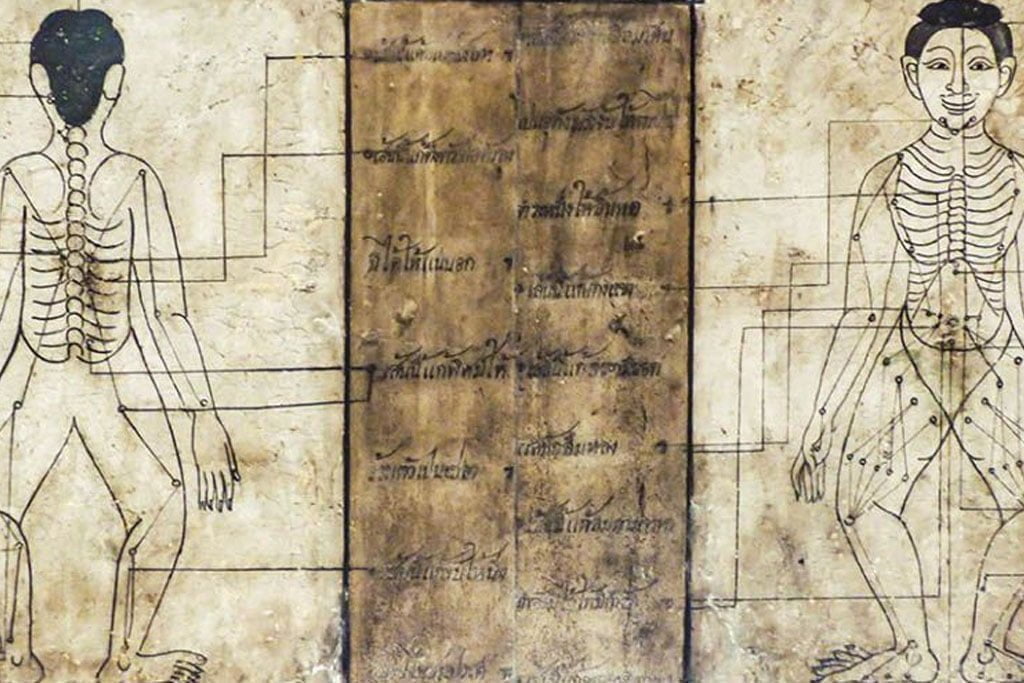
El estudio de los puntos Sen en el Nuad Boran Thai se remonta siglos atrás.
La base filosófica del shiatsu es la misma que podemos encontrar en otros estilos de masajes derivados del anma chino y del budismo, como el Nuad Boran que practicamos aquí, en Thai Spa Massage. En esta filosofía, el cuerpo humano está separado en meridianos, en los que hay unos canales por los que cruza la energía hacia todo nuestro cuerpo. Esta energía, conocida como el qi, es la que tiene como misión, repartir la vitalidad de forma equilibrada por un cuerpo sano. Sin embargo, por razones como el estrés o la ansiedad, puede haber un estancamiento del qi en algunos de estos canales. El objetivo del shiatsu es que por medio de la presión ejercida en diversos puntos, esas retenciones —que además pueden causar múltiples enfermedades—, puedan liberarse para volver al equilibrio.
Un futón para asegurar la comodidad
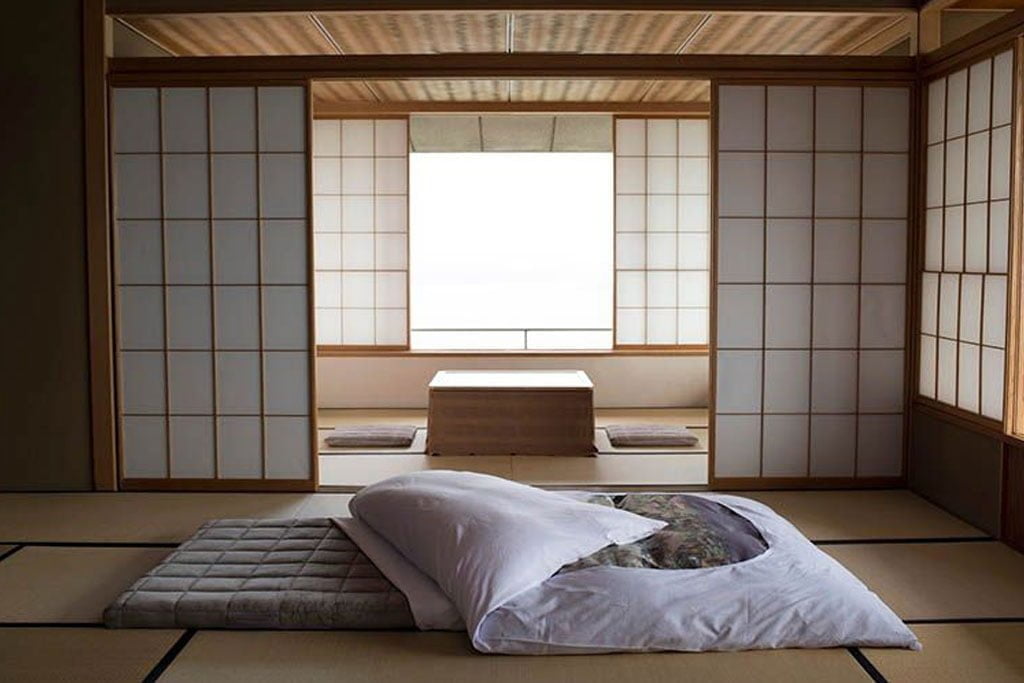
Típica habitación japonesa, equipada con un futón.
Pero ¿cómo se práctica?, ¿hay algo que lo haga especial? Tradicionalmente el shiatsu se practica sobre una colchoneta en el suelo. Esta colchoneta, típica de Japón, se conoce como futón. Tiene unos 5 centímetros de altura y se coloca directamente en el suelo, a diferencia de los colchones occidentales. El futón es para los japoneses, lo que una revigorizante siesta al mediodía es para los españoles: algo cultural. Es tan común, que la gran mayoría de los habitantes del país del sol naciente no duermen en una cama, duermen sobre un futón extendido directamente sobre el suelo.
Además, el futón es totalmente plegable. Su almacenaje es de lo más sencillo, y después de pasar la noche durmiendo en él, se dobla y se almacena hasta la próxima noche. Esto asegura tener un espacio liberado para utilizarlo de otras formas, ideal para cuando el espacio que tenemos es reducido. En el shiatsu los beneficios del futón nos aseguran relajación y comodidad durante el masaje de acupresión, pero además nos asegura un sentimiento de grounding muchísimo más revigorizante que al hacerlo sobre una camilla, o derivados.
Digitopuntura como la base de todo
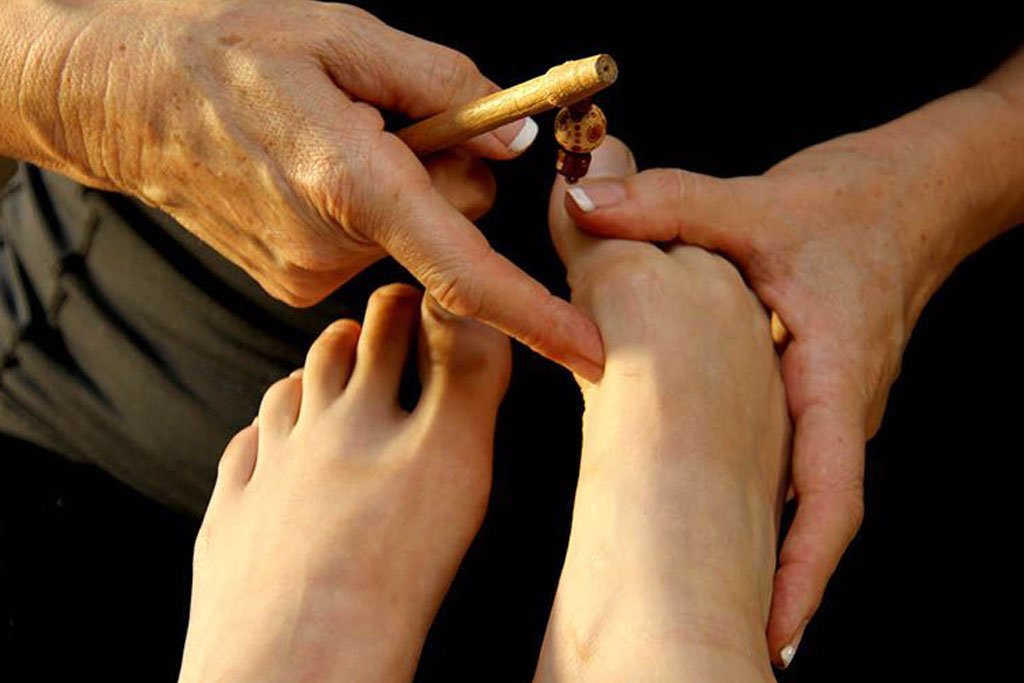
El estudio de los puntos Sen en el Nuad Boran Thai se remonta siglos atrás.
En el masaje shiatsu, como en otras formas tradicionales asiáticas de hacer masajes, la digitopuntura es su Piedra de Rosetta, el inicio de todo, sus bases más primigenias, pero mientras otros tipos de digitopuntura para el estrés se pueden aplicar, y se aplican localmente, el shiatsu se hace en el cuerpo entero. Aunque la digitopuntura no sea directamente una forma de reflexología en sí —la reflexología es el tipo de terapia que asegura que hay partes del cuerpo que se reflejan en puntos sensitivos de manos, cara y pies, pudiendo relajar alguna dolencia masajeando estas zonas, indirectamente—, la técnica de la digitopuntura se utiliza para llevar a cabo los tratamientos reflexológicos. El Nuad Boran o masaje tailandés es un gran ejemplo de un tipo de masaje que también utiliza la digitopuntura como base, pero a diferencia del shiatsu, la interacción entre masajista y la persona que está recibiendo el masaje, es más estrecha.
En Thai Spa Massage estamos encantados de poder abrirte una pequeña puerta al complejo mundo de los masajes, explicandote todo lo que tienes que saber de algunas de las disciplinas milenarias más practicadas del continente asiático. Y cómo no, si estas por los alrededores de Barcelona, te invitamos a que eches un vistazo a nuestra oferta de masajes, que selecciones el que más te guste y visites nuestro Spa, situado en el mismo Paseo de Gracia, en el num 100, o en el interior de alura, en Joan Güell 236, ¡te esperamos!
